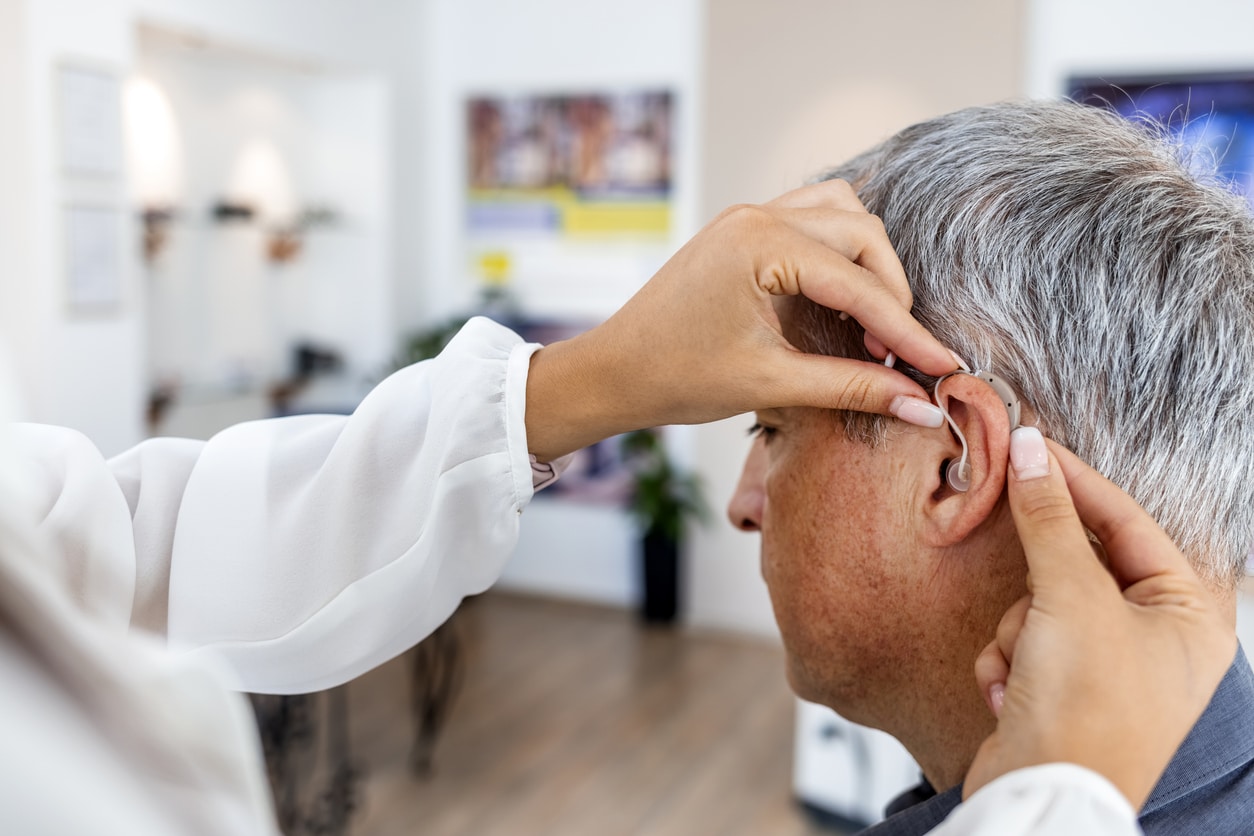Hearing loss affects 13% of people aged 12 and over in the United States, but it’s not just about volume—it’s about clarity. When hearing fades, the brain can struggle to recognize and process familiar sounds, creating challenges even after hearing aids are introduced. Thankfully, auditory training is a helpful solution.
What Is Auditory Training?

Auditory training involves a series of structured exercises designed to retrain the brain to recognize and interpret speech sounds. Auditory training targets a few critical skills:
- Recognizing subtle differences between words or sounds
- Identifying the direction sounds are coming from (sound localization)
- Remembering and understanding auditory information
- Filtering out background sounds to focus on the conversation
Common Exercises in Auditory Training
Auditory training programs are tailored to individual needs, but common exercises include:
- Repetition practice. To reinforce memory and improve comprehension, patients practice active listening and engagement. For example, they listen to sounds, words or sentences and repeat them. Follow-up questions are often included to test understanding and encourage a deeper focus on the material.
- Sound differentiation. Misunderstandings in daily conversations often stem from difficulty distinguishing similar sounds. To address this, patients listen to pairs of similar-sounding words, like “pat” and “bat,” and identify which word they heard. This exercise sharpens the brain’s ability to recognize subtle differences in speech.
- Speech-in-noise. Filtering out background noise is essential for clear communication in busy settings like dinners at Monsoon Bellevue. To build this skill, patients practice listening to conversations or sentences layered with distracting sounds like chatter, music or ambient noise.
- Text-and-audio. Strengthening the connection between speech and writing helps improve comprehension and the ability to draw contextual clues. Patients follow along with printed passages while listening to the same text read aloud. Tools like audiobooks paired with hard copies provide an accessible way to practice this exercise.
These exercises address different aspects of auditory processing, enabling patients to navigate the world with greater clarity and confidence.
How Hearing Aids and Auditory Training Work Together
Hearing aids amplify sounds but don’t instantly resolve the brain’s challenges with processing those sounds. Auditory training complements hearing aids by helping the brain adapt to amplified sounds and relearn how to process them effectively. Together, they’re an effective approach to restoring communication and confidence.
To learn more about auditory training and how it can complement your hearing loss treatment, contact Evergreen Speech and Hearing Clinic today.